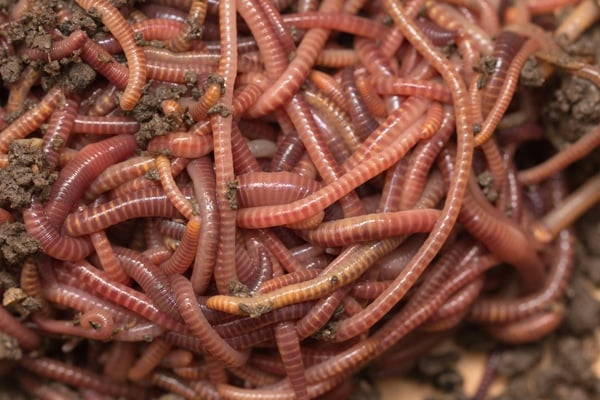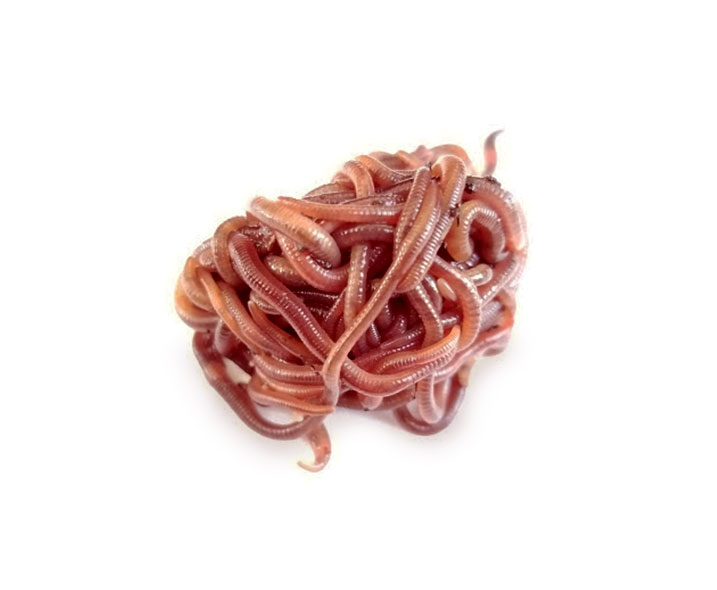

The cocoons start as clear, then turn white, yellow, and finally reddish-brown when ready to hatch. After hatching, these cocoons will return to the Although the cocoon measures 3mm in diameter, these little cocoons pack a

The red wiggler cocoon is tiny, about the size of a grape The sack then hardens on theīody of the worm, and they squirm out of the reproductive sack, leaving it to During the reproductive phase, the two of them will bind together and secrete albumin, which will form into a cocoon.īoth worms exchange sperm, which is then placed into theĪlbumin sac, with the eggs and amniotic fluid. These worms have both male and female reproductive organs, but still require another worm to reproduce. The worm is fully mature when the clitellum swells around their bodies. Since people often confuse traditional nightcrawler earthworms with red wigglers, we needed a better way to identify these compost worms at all stages, which is why we created this interactive guide. The Red worm also lives topside and eats rotting vegetable scraps that we don’t eat. The Worm Castings contain abundant amounts of nitrogen, phosphorus, and potassium. The Red Wiggler is one of the few earthworms that produces the exact chemical makeup that the soil needs. Now that we know precisely how to identify the red wiggler, what does the red Wiggler do and why is it so special? We will get to that later, but first, there are a few more things to consider with the Red Wiggler.




 0 kommentar(er)
0 kommentar(er)
